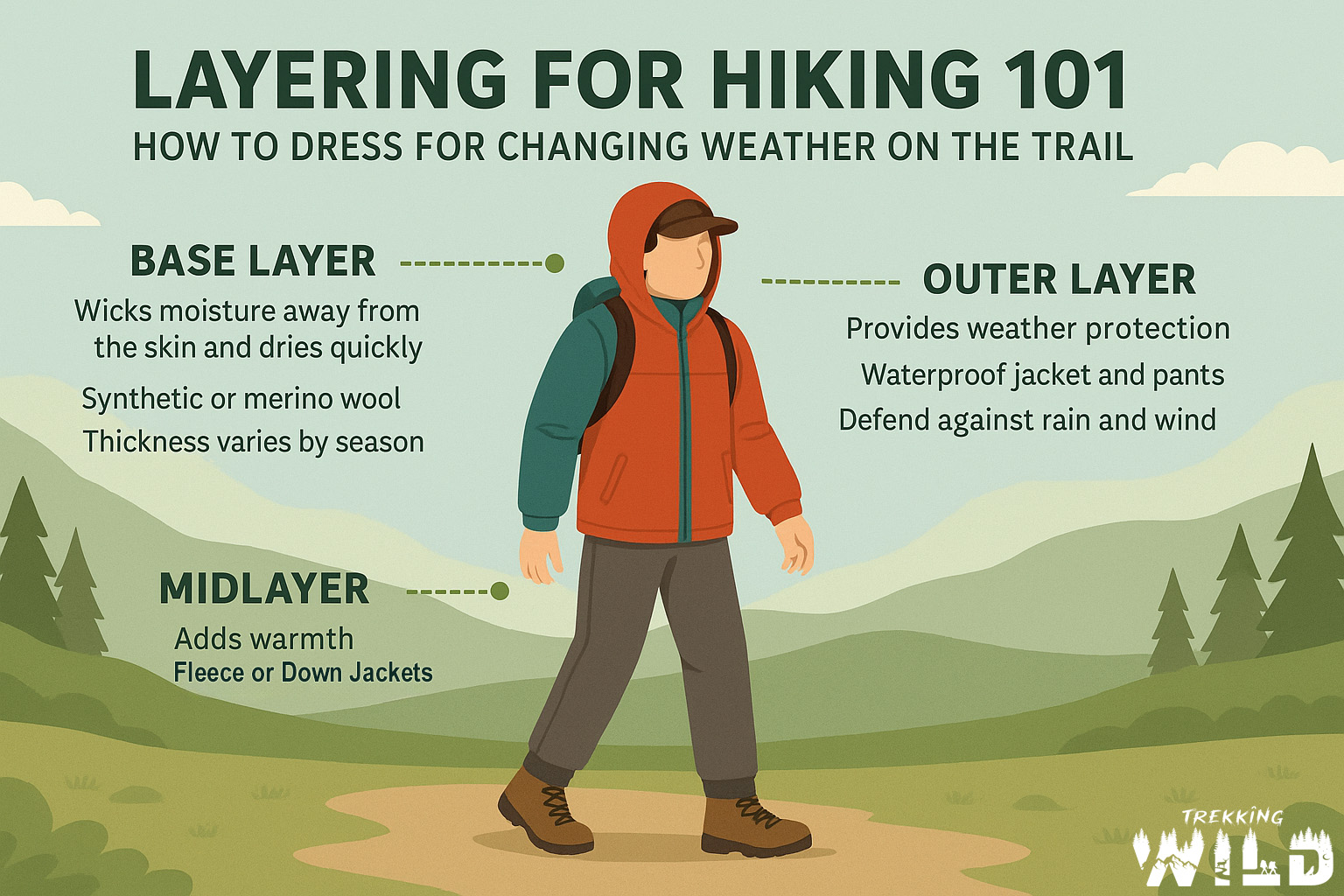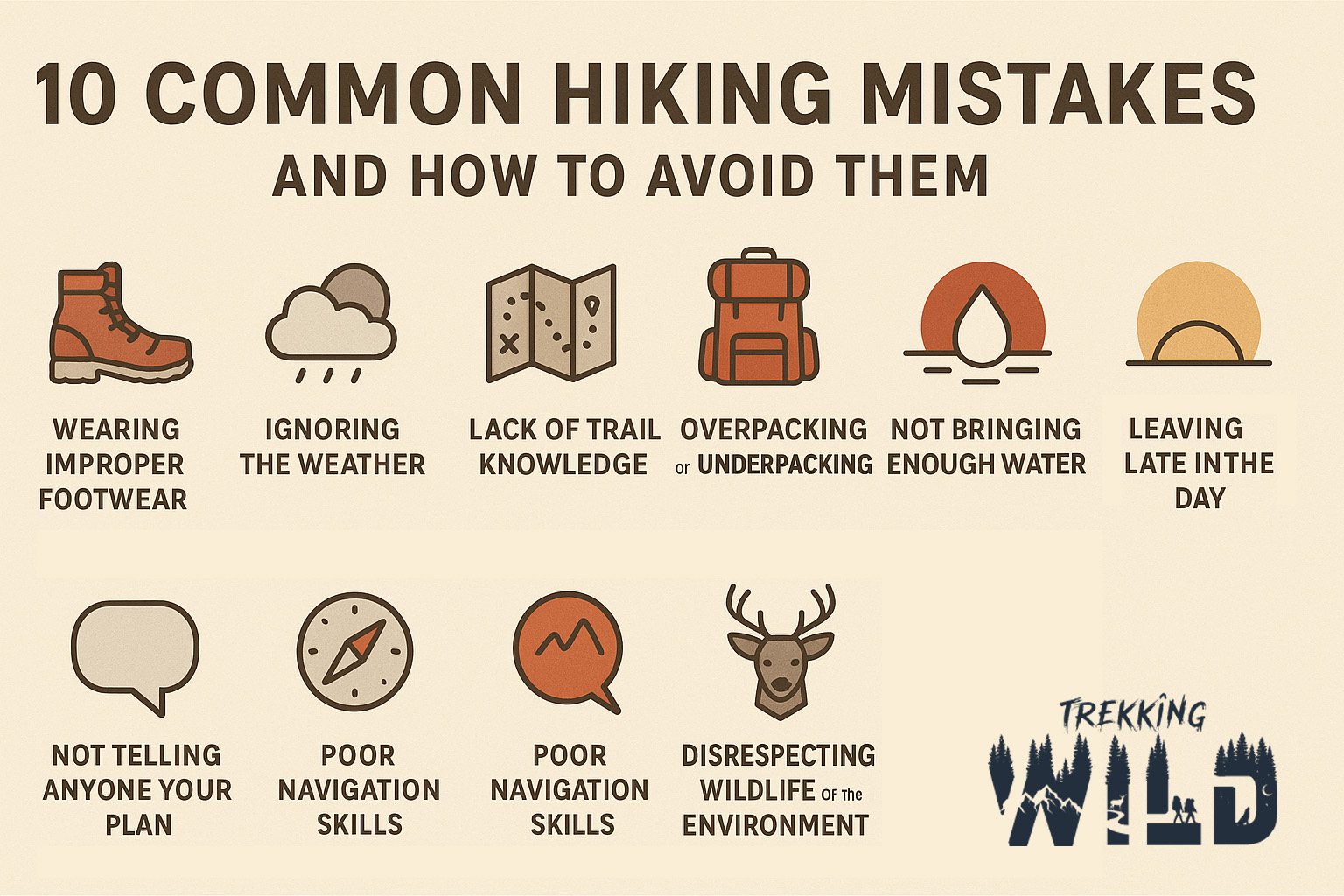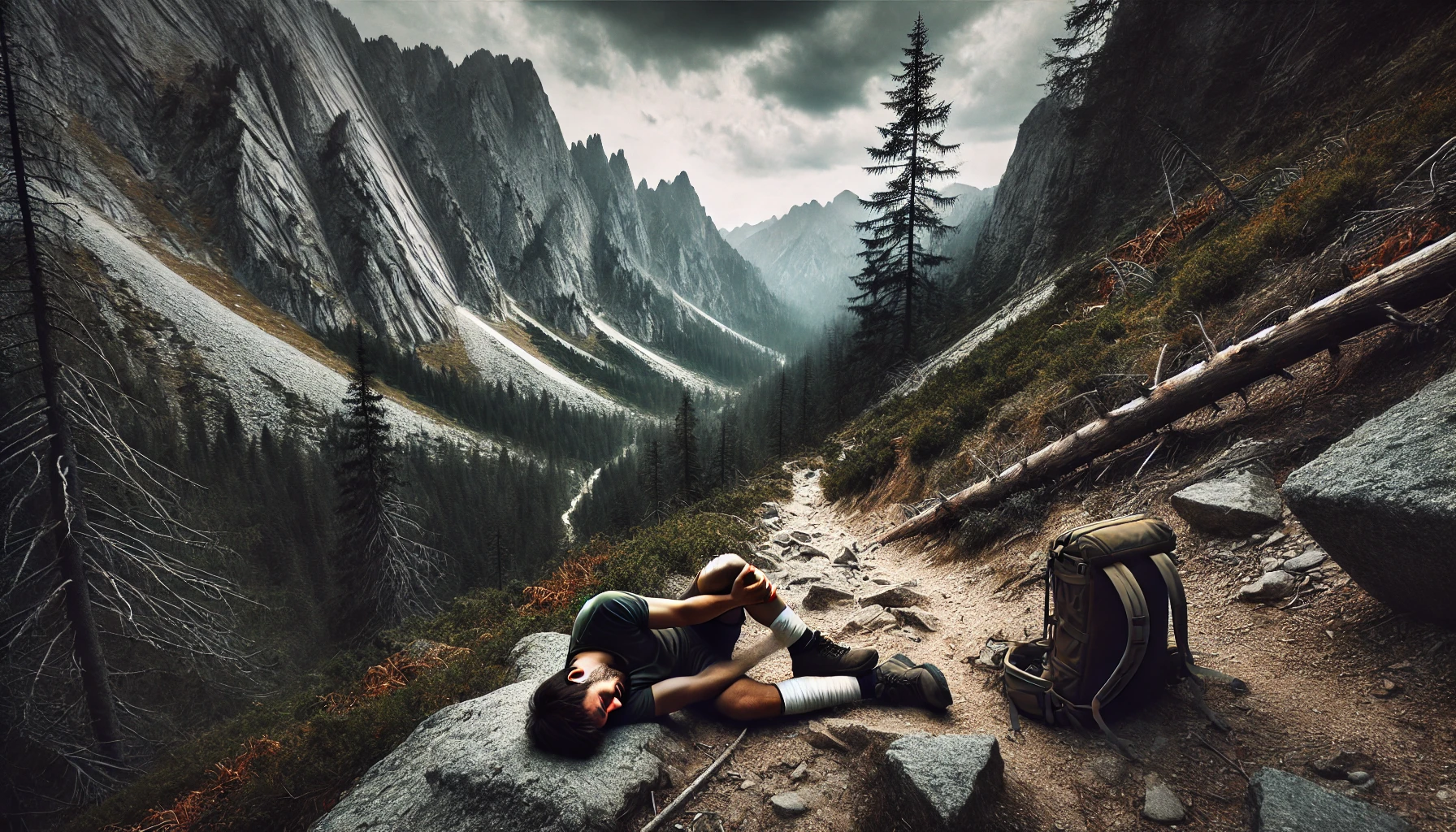
Hiking in Bear Country: Spotting the Differences Between Grizzlies and Black Bears
If you’re hiking in the wilds of Montana, the Canadian Rockies, or anywhere in bear country, you’re entering a landscape where you’re no longer the top of the food chain. It’s a humbling and awe-inspiring experience. But it also comes with responsibility—especially when it comes to knowing your bears. In places where both black bears and grizzly bears roam, being able to tell them apart isn’t just about curiosity. It could literally save your life.
Why? Because the way you respond to a charging grizzly is very different from how you respond to a black bear attack. Knowing the difference can mean the difference between walking out of the woods or not.
Let’s break it down:
Physical Differences Between Black Bears and Grizzlies
Despite the name, color isn’t a reliable indicator. Black bears can be cinnamon, brown, blonde, or even jet black. Grizzlies (also called brown bears) can range from pale blonde to nearly black, often with grizzled tips of fur on their shoulders and backs.
Here are some key features that help tell them apart:
| Feature | Grizzly Bear | Black Bear |
| Shoulder Hump | Prominent muscular hump above the shoulders | No hump |
| Face Profile | Dished (concave) profile from forehead to nose | Straight or slightly convex profile |
| Ears | Short, rounded | Tall, pointed |
| Claws | Long (2-4 inches), visible even from a distance | Shorter, curved claws for climbing |
| Size | Larger: 400-800 lbs (males can top 1,000 lbs) | Smaller: 100-400 lbs (males rarely exceed 500 lbs) |
A grizzly’s shoulder hump is a dead giveaway—it’s the muscle they use for digging and power. If you see that hump, you’re not dealing with a black bear.
Behavior and Demeanor
While individual personalities vary, there are general behavioral tendencies you can use as a clue:
Grizzly Bears:
- More likely to stand their ground or act defensively
- More aggressive when surprised or protecting cubs or food
- Less likely to climb trees (though they can)
Black Bears:
- More likely to flee from humans
- Curious and bold around food, especially in campgrounds
- Excellent climbers and often escape upward if threatened
Grizzlies tend to act like they own the place. Black bears are more skittish—unless they’re used to people and human food, in which case they can become a serious problem.
What to Do if a Bear Attacks
This is where species identification becomes critical. Because the correct reaction is different.
If it’s a Grizzly Bear:
- If it charges defensively (bluff charge): Stand your ground. Don’t run.
- If it makes contact: Play dead. Lie flat on your stomach, protect your neck with your hands, and spread your legs to make it harder to be flipped. Stay still until the bear leaves.
- If it’s a predatory attack (rare): Fight back, aim for the face and eyes.
If it’s a Black Bear:
- Never play dead.
- Make yourself big, loud, and aggressive.
- Fight back immediately if attacked, using whatever you can—sticks, rocks, bear spray.
In general, black bear attacks tend to be predatory or food-related, while grizzly bear attacks are usually defensive (surprise, cubs, carcasses). That’s why playing dead works with grizzlies—but not with black bears.
Odds of a Bear Attack in the U.S. and Canada
Let’s put things in perspective: the odds of being attacked by a bear in North America are extremely low.
- In Yellowstone National Park, the odds of being injured by a grizzly are roughly 1 in 2.7 million visits.
- Across North America, there are around 40–50 bear attacks per year, with only a handful being fatal.
You’re more likely to die from a bee sting, dog bite, or lightning strike than from a bear encounter.
That said, being prepared—carrying bear spray, making noise on the trail, and knowing how to react—is key to keeping those odds in your favor.
Final Thoughts
Hiking in bear country isn’t something to fear—it’s something to respect. Grizzlies and black bears are part of what makes the wild truly wild. By learning how to identify them and how to behave responsibly, you’re honoring the wilderness and keeping yourself safe.
So next time you hit the trail in the Northern Rockies or the forests of British Columbia, remember: shoulder hump, face shape, ears, and behavior. A few seconds of observation could make all the difference.
Stay safe and hike smart out there.
Matt Vittal
Matt is a software engineer living in Northwest Montana. He is an avid outdoorsman who spends his free time hiking, backpacking, camping, hunting, and fishing.


